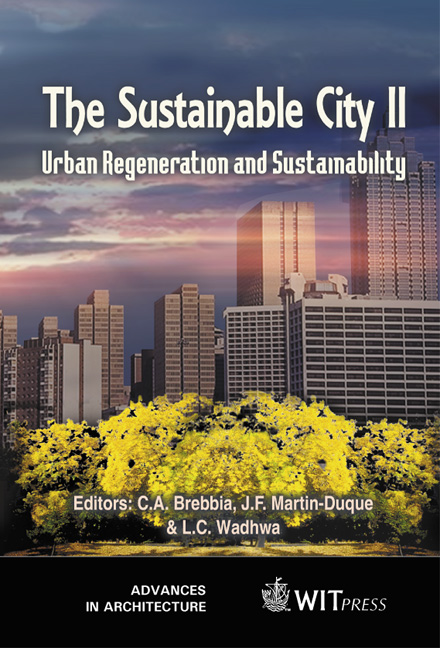Gas Production From Three-lift Landfill Lysimeter In Tropical Country
Price
Free (open access)
Transaction
Volume
54
Pages
Published
2002
Size
366 kb
Paper DOI
10.2495/URS020591
Copyright
WIT Press
Author(s)
S Karnchanawong, W Sonklin, S Kladprasert & S Karnchanawong
Abstract
Lysimeter with 1.9 m diameter was constructed outdoor to simulate landfill and filled with solid wastes from Chiang Mai Municipal Area, Three lifts of wastes were filled in the lysimeter and the height of each lift was 2 m. The 2nd and 3rd lifts were filled after the filling of the former one for 6 months. The amounts of wet wastes filled were 2,381, 3,047 and 2,569 kg for the 1st, 2nd and 3rd lifts, respectively. Gas quantity was measured everyday using gas meter and gas composition was analyzed everyday to every week depending on the filling period by using gas chromatography. The experiment had been conducted for 1344 days. The quantity of gas during the study period of waste filling ranged from 23- 5,110 l/d. Gas volume was very high in the beginning period of waste filling especially after the filling of the new lift in the rainy season. After rainfall, gas volume increased due to the moisture addition. The hydrolysis phase was found to be around 2 months for the 1st lift of waste filling. After filling of the 2nd and 3rd lifts, this phase covered only 2 weeks. Methane was found after the filling of the 1st lift for 10 days and the percentage increased up to 30 and 50% after 80 days and 5 months, respectively. After the filling of the new lifts, the percentage of methane decreased, and then increased within a short period. When the 31d lift was filled for 2 weeks, the biogas contained methane over 45 % until the end of experiment. The methane 's highest concentration was found to be 60-65 % in the rainy season. The total gas generation rates investigated in the 1st, 2nd and 3rd year after the filling of the final lift are 33.4, 7.40 and 5.3 1 m3/(t wet waste-y), respectively. The methane gas generation rates investigated in the 1st, 2nd and 3rd year are 16.4, 3.82 and 2.45 m3/(t wet waste-y), respectively. It could be concluded from this study that the higher methane production rate was
Keywords





